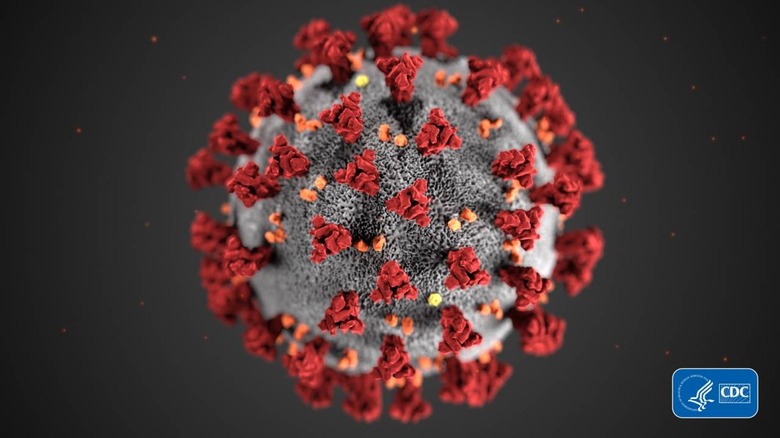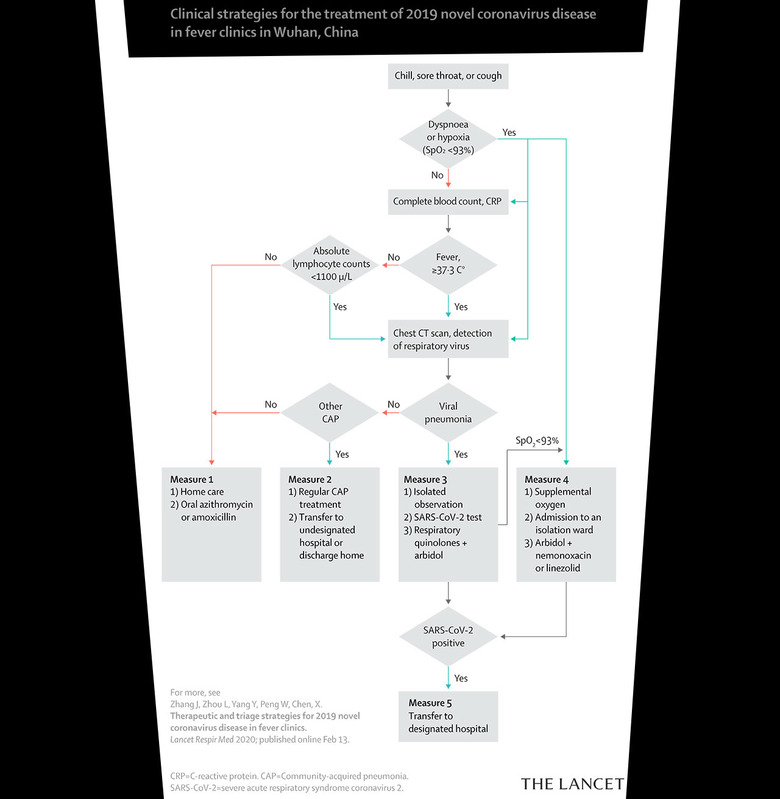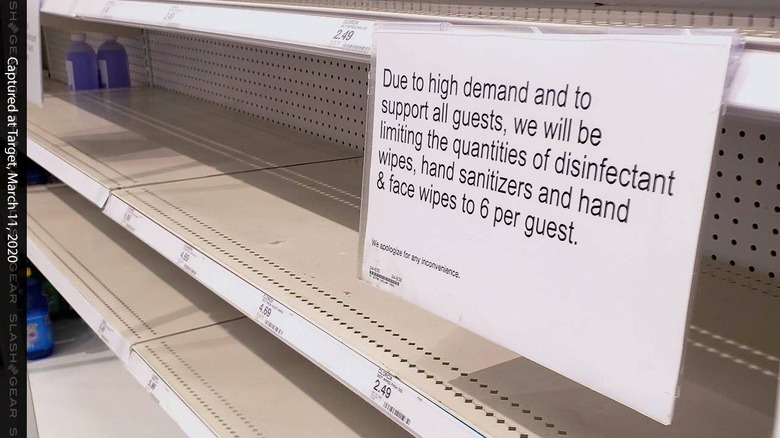Coronavirus COVID-19 Resources: What Should I Do? Who Do I Trust?
There's a global pandemic going on right now thanks an infectious disease called COVID-19, aka "the coronavirus".* COVID-19 is caused by SARS-CoV-2, aka severe acute respiratory syndrome coronavirus 2. If you're reading this article while you're out about town, go home now. Now is the time when you should be isolating yourself by yourself or with your immediate family to avoid further spread.
*NOTE: On the name – "the coronavirus" is an over-simplification of the situation. Saying "the coronavirus" is like if someone asked you what you wanted for dinner and you said "the burger", assuming they knew the exact sort of burger you liked from one specific restaurant (with your specific choice of fixings). The name came from early identification, when it was a "novel coronavirus", a new sort of coronavirus previously unknown to medical science.

Latest guidance
If you're able to stay home, stay home. For some, this is a quarantine to avoid spreading the COVID-19 they've already got. For others (for most people), this is a preventative measure. In both cases, as the CDC says, this is deadly serious. Published by The Lancet, the following is a flow chart showing treatment for 2019 novel coronavirus disease in fever clinics in Wuhan, China.

The chart above comes from a study published on March 1, 2020 with DOI:10.1016/S2213-2600(20)30071-0. This study was titled Therapeutic and triage strategies for 2019 novel coronavirus disease in fever clinics, authored by a set of researchers and medical professionals with Jinnong Zhang, Luqian Zhou, Yuqiong Yang, et. al – initially released on February 13, 2020.
According to the CDC's guidance as of March 16, 2020, at 15:45, the following are the most basic symptoms of COVID-19.
Basic symptoms of COVID-19:
- Fever
- Cough
- Shortness of breath
These symptoms may appear 2-14 days after exposure, according to CDC guidance. This exposure time is "based on what has been seen previously as the incubation period of MERS-CoV viruses." There are also a number of "emergency" warning signs which should be treated with the utmost serious attention.
Emergency warning signs of COVID-19:
- Difficulty breathing or shortness of breath
- Persistent pain or pressure in the chest
- New confusion or inability to arouse
- Bluish lips or face
Also per the CDC: This list is not all inclusive. "Please consult your medical provider for any other symptoms that are severe or concerning." If you experience symptoms of COVID-19, do NOT immediately rush to a medical facility. Pick up your phone and CALL your local medical facility first, and seek guidance. They may have a specific location you need to go and/or steps you need to take before going to your nearby hospital or other emergency care facility.
On March 5, 2020, the EPA made a list of products that kill coronavirus (COVID-19). The list was very CLOROX-centric – not without good reason, but still – the release knocked Clorox products off store shelves very quickly thereafter.

A CDC report showed recommended quarantine time for potential infection cases at at least 14 days.
Latest timeline of events
The outbreak was first identified on December 31, 2019*. That's according to the World Health Organization's most updated documentation of COVID-19. The spread of this disease was fast.
The CDC (Centers for Disease Control and Prevention) confirmed two cases of COVID-19 in the USA as of January 24, 2020. On February 21, 2020, the CDC said community spread in the USA was "very possible – even likely." On February 13, CDC confirmed the 15th case of COVID-19 in the USA. As of the release of this article on SlashGear, the CDC's count was 3,487 confirmed cases of COVID-19 in the USA.
CDC-reported COVID-19 cases in the USA:
- January 24 2020: 2 confirmed
- February 13 2020: 15 confirmed
- March 16 2020: 3,487 confirmed
On February 11, 2020, the World Health Organization (WHO) gave the coronavirus outbreak an official name: its name is COVID-19. World Health Organization chief Tedros Adhanom Ghebreyesus spoke on the reasoning for the name, saying CO stands for corona, VI for virus, D for disease, and 19 for the year in which the disease was identified.
- CO: Corona
- VI: Virus
- D: Disease
- 19: Year (2019) in which this specific strain was identified
On March 11, 2020, the World Health Organization (WHO) made COVID-19 an official pandemic. On March 16, 2020, COVID-19 vaccine trials were started in the United States.
According to information shared by Johns Hopkins CSSE showed a total confirmed case count of COVID-19 worldwide at 179,165 as of 3:23 Central Time, March 16, 2020. Total deaths confirmed at that time were 7,081, and total recoveries were 78,078. Fast forward a bit to 4:19 PM (less than an hour later) on March 16, 2020, and those numbers are up to 181,127 confirmed cases, 7,115 confirmed deaths, and 78,085 recovered cases.
In other words, at least 34 people died of COVID-19 in the lead-up to this article's publishing on SlashGear. That's at least 34 confirmed deaths per hour as a result of COVID-19.
Official Public Health Resources
The University of Minnesota has an excellent COVID-19 Resource Center. The most high global authority on COVID-19 is the World Health Organization (WHO). They've got a very well-organized and extensive web portal with guidance, videos, daily briefings, and a space for the official COVID-19 Solidarity Response Fund. That fund was organized by the United Nations Foundation and the Swiss Philanthropy Foundation.
See a live map of global cases courtesy of Johns Hopkins CSSE. Another map can be found at BING – yes, Bing. Finally, you'll want to stop by the CDC (centers for Disease Control and Prevention for the highest authority on the matter in the United States.
